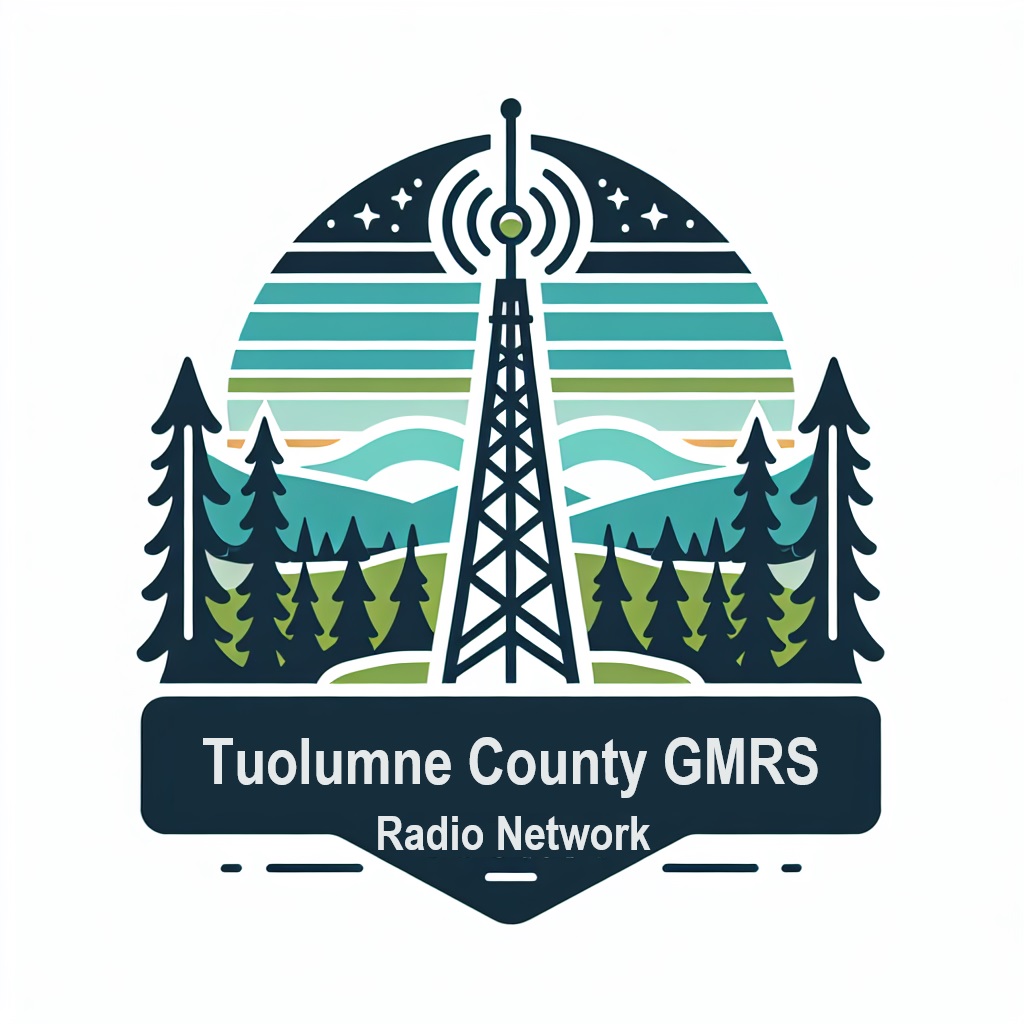NOTE: This presentation was given during a zoom meeting with TCARES and special guests from Tuolumne County. Seehttps://tcares.net/ to learn more about the local ham club.
This is a review of recent local fires and how phone infrastructure failed at a critical time, highlighting the urgent need for back-up emergency communications for your family and neighborhood.Â
The 3 main forms of Emergency Communications – GMRS , vs Ham Radio , vs CB Radio … to prepare for a “Grid Down” scenario. Some disasters can interrupt the communication services we take for granted and use every day. Too many telephones off the hook – whether shaken off by an earthquake or picked up by too many people trying to reach concerned friends and relatives – can overload the local phone system. Similarly, too many customers trying to make calls on their cellular phones can bring that system to a halt. Infrastructure damage (e.g., lines down, structural damage at a central office) can likewise render our telephones unusable. The proliferation of small handheld radios operating in the Family Radio Service (FRS) and the General Mobile Radio Service (GMRS) make them a popular choice for back-up neighborhood communications.
GMRS is well suited for use by small teams working on utility shutoff, checking on special-needs neighbors, etc. What’s the difference between FRS and GMRS? FRS radios have lower transmit power (a fraction of a watt) and require a no test license to operate. GMRS radios can run more power (up to 50 watts watts) and may use larger, more effective antennas and are repeater capable, and require a no test license ($35 and good for five years) from the Federal Communications Commission (FCC). Each service has its own set of frequency channels, and they share seven more in common.Â
For longer-distance communications, amateur radio operators (“hams”) have capabilities far beyond that of FRS and GMRS. They can reach across town or across the country with the right equipment and appropriate choice of frequencies. Each neighborhood can benefit by having several hams nearby to assist with these more rigorous communication needs. Check with a local amateur radio club or nearby ham, or inquire at the areslax.org Web site for more information.
Having radios is good, but knowing how to use them is an important element of communications. To get the most out of your radios, keep the batteries fresh (alkaline) or properly charged (rechargeable), and have spares handy. As part of your planning, agree on who will use what channels (and, for neighborhood use, privacy codes), and have back-up channels in case one is hampered by interfering signals. Practice using your radios from the places you would actually use them in a disaster.


